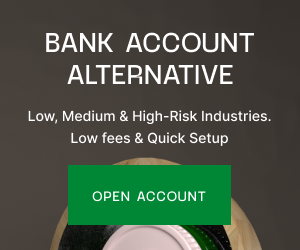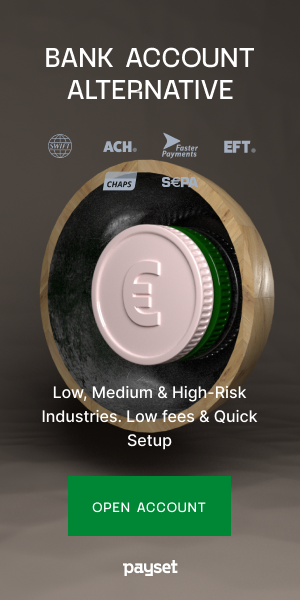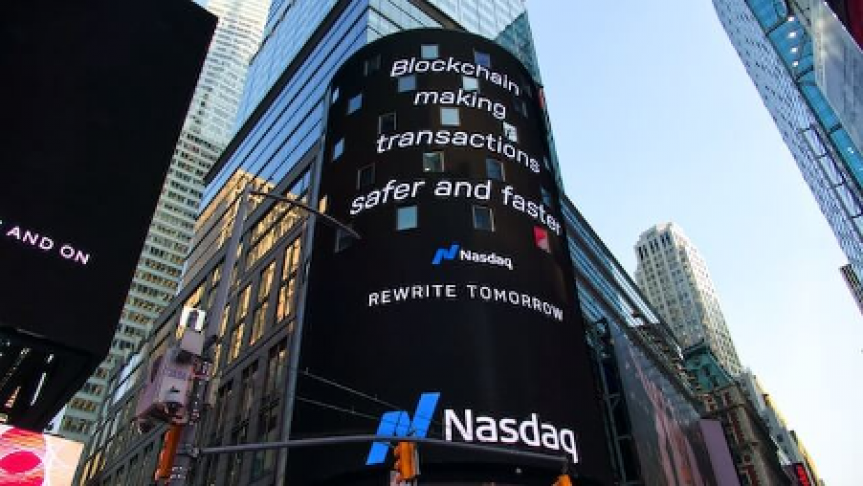
The Most Reliable Blockchains for Faster, Secure Payments (and Chargebacks)
May 18, 2023, 1:55PMMany benefits come with introducing blockchain transactions into your business’s payment method. Here are three of the most vital.
At the very core of their existence, digital currencies are the perfect payment process. Blockchain offers the ideal platform for transaction processes between consumers and merchants, catering to a complex variety of cases while ultimately reducing the risk of costly fraudulent chargebacks, currency exchange complexities, and the expense of legacy methods of payments. Business owners should be aware of this new way to make transactions and the benefits that could come with implementing it in their company. The smooth, secure payment methods of blockchain are here and these are three key benefits.
Speed
When it comes to payments, consumers and merchants are both demanding near-instant transactions. The business-to-customer world, such as an online casino, is often a springboard for new technologies, many of which are at the very height of innovation, such as the newly introduced “buy now and pay later.” The drive for these innovations is the consumer's desire for convenience and speed.
Blockchain is the technology that is going to deliver this convenience. Due to the decentralized nature of blockchain technology, payments do not pass through an existing banking infrastructure. The final result creates a much faster settlement time than traditional payment methods. In the most recent digital euro project, blockchain was shown to undertake a capability of over 40,000 transactions per second.
While some may argue that fiat payment transactions are already suitably fast, this is not the case when transactions need to go through various stages. Although the validation of payment could take seconds, the time for money to arrive in the business owner’s bank could take days. The waiting time between the time paid and the money being received can harm SMEs, for whom a healthy liquidity position is crucial.
Blockchain has the capability to completely end the days of these long waiting times by removing overcomplicated processes. Instantaneous steps can be set to be completely automated, allowing the transaction to be handled in a convenient and faster way. Although digital currencies take a varying amount of time to complete a transaction, they are still much quicker than traditional methods. Bitcoin, on average, will take 10 minutes to complete a transaction, while Ethereum takes only 15 seconds. Credit cards, for instance, can often take the next working day for the funds to clear and arrive in the bank account of the recipient. For many business owners struggling to remain liquid, the day of blockchain transaction couldn’t come any quicker.
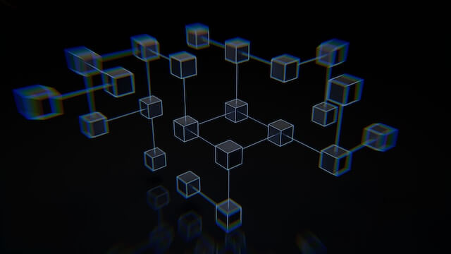
Cost
The decentralized nature of blockchain can cut costs for organizations. According to a study by Santander FinTech, blockchain technology can reduce the overall costs of infrastructure in financial services by $15 billion per annum as soon as next year.
The reason for blockchain at its very core is to make the process of payment intermediation much more efficient. When it comes to fiat money, between three and five parties facilitate every transaction, including the merchant. The process will follow from the merchant, the payment processor of the merchant, the corresponding network, and finally ending with the card issuer. All of these processes create a payment stack, a term referring to all the technologies and components that come with a company accepting a customer payment.
The thing that blockchain technology helps to facilitate is more effective intermediation through its automated system. This technology allows data reconciliation between independent parties who largely do not trust one another. Using blockchain assures that transacting parties will follow the “what you see is what you get” system. Traditional payment methods do not have this trust built into their system, meaning each party often takes a cut of each transaction, resulting in extra costs.
The nature of decentralized blockchain also allows cross-border payments that often result in additional payments from international third parties. It has been estimated that blockchain technologies used in cross-border payments can save banks an annual cost of nearly $4 billion.
When it comes to making payments, creating an automated process or removing the number of middlemen contributing to the process and improving cross-border transactions will not only reduce the costs for consumers and merchants but overall speed up the process of each transaction time, creating a much more efficient payment system.
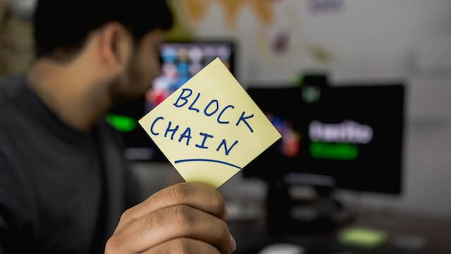
Security
It may seem contrary that a ledger accessible by the public can deliver a far higher level of privacy for the transacting parties, but it is true. Blockchain technology boasts of facilitating payments that are fast, low-cost, and, most importantly, secure. The public ledger is how all transacting parties can monitor each money transfer. Encrypted distributed ledgers make this possible, delivering a trusted real-time transaction verification process. Blockchain does exactly what it says on the tin, “blocks” are created with each transaction made with end-to-end encryption, reducing the risk of fraud significantly and removing the chance of any unauthorized activity. It is nearly impossible to meddle with a single record as the hacker would have to change the entire block in which the record resides, along with all of those linked to it, to avoid detection.
While blockchain-based transactions are not completely fraud-proof, they can help significantly in the combat to reduce it.
Final Thoughts
With digital assets moving towards mainstream adoption from business owners, they should observe and consider the correct software solutions to keep ahead of the ever-changing payment infrastructure landscape.
Although many benefits come with using blockchain, many merchants are a little confused about choosing the correct software solutions provider. The move to digital assets is very much a step in the right direction but is not unanimously accepted in all aspects of B2B and B2C relationships. Due to this, merchants will need to use software that offers a choice for consumers to use digital assets as payments that can then be converted into fiat money.
Blockchain offers many great improvements compared to traditional payment solutions for both the consumer and merchant. If these digital assets can be accepted and implemented with blockchain transactions, the future of payments can be in the hands of the merchants. This creates a more streamlined and safe experience for all involved.
Disclaimer: information contained herein is provided without considering your personal circumstances, therefore should not be construed as financial advice, investment recommendation or an offer of, or solicitation for, any transactions in cryptocurrencies.
